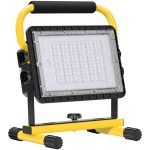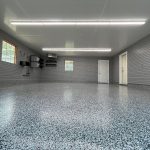DIY LED Strobe Light Circuit: A StepbyStep Guide to Creating Your Own
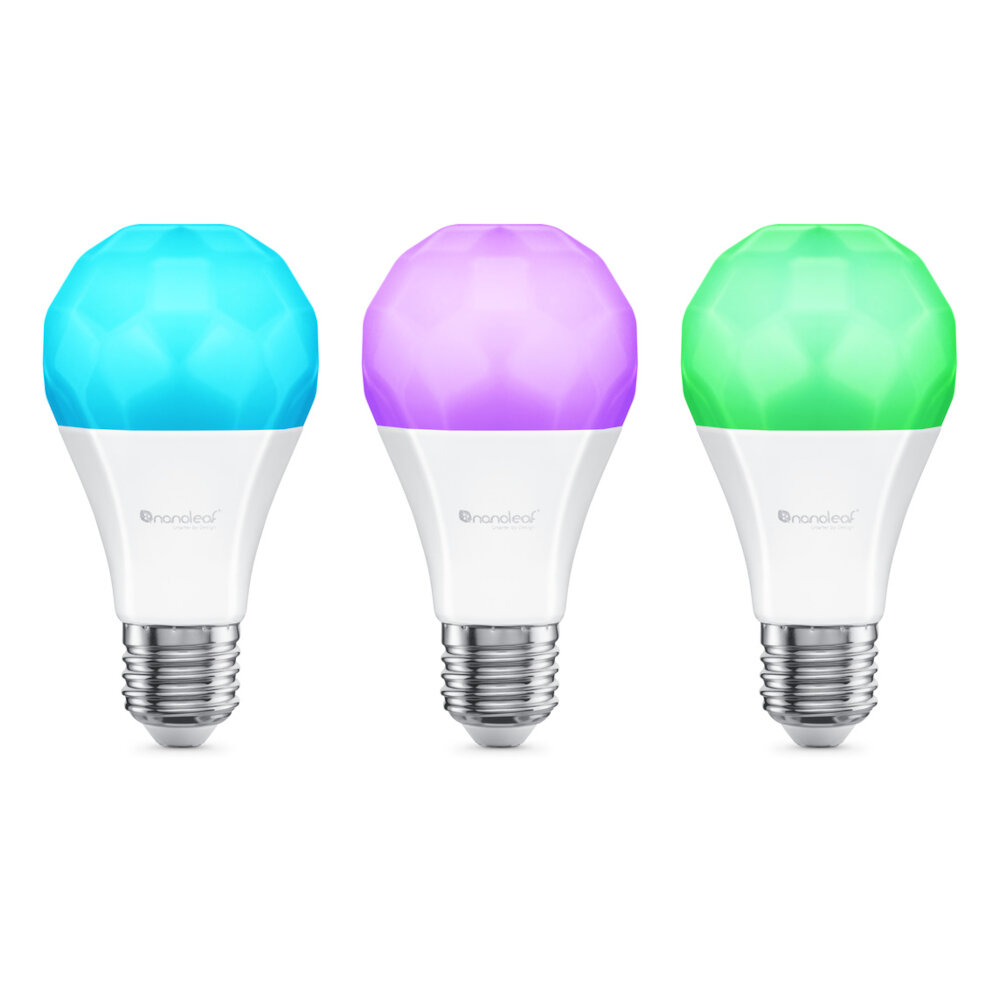
In today’s world, LEDs have become a common source of lighting for various purposes. One of the most popular uses of LEDs is in creating strobe lights, which are commonly used in parties, concerts, and other events. DIY LED strobe lights have become increasingly popular, as they offer a cost-effective way to create a unique lighting system at home. With the right tools and knowledge, anyone can create their own LED strobe light circuit, and this guide will take you through the process step-by-step. The DIY LED strobe light circuit is an excellent project for anyone interested in electronics, as it provides an opportunity to learn about various components and their functions. The circuit is relatively simple to build, and with a little practice, you can create a customized lighting system that meets your specific needs. This guide will not only provide you with a list of materials required to get started, but it will also explain the process of building the circuit and programming the LED strobe light. Whether you’re a beginner or an experienced DIYer, this guide will help you create a unique and functional LED strobe light circuit.
A LED strobe light is a type of lighting device that produces regular flashes of light at high frequencies. It is typically composed of several light-emitting diodes (LEDs), which can be programmed to produce different patterns, colors, and intensities of light. LED strobe lights are commonly used in a variety of applications, ranging from entertainment and stage lighting to emergency signaling and safety warning systems. They are known for their bright and attention-grabbing flashes of light, which can be used to create dramatic effects, attract attention, or highlight specific areas or objects. By following a step-by-step guide, you can create your own DIY LED strobe light circuit and customize it to fit your specific needs and preferences.
Components Needed
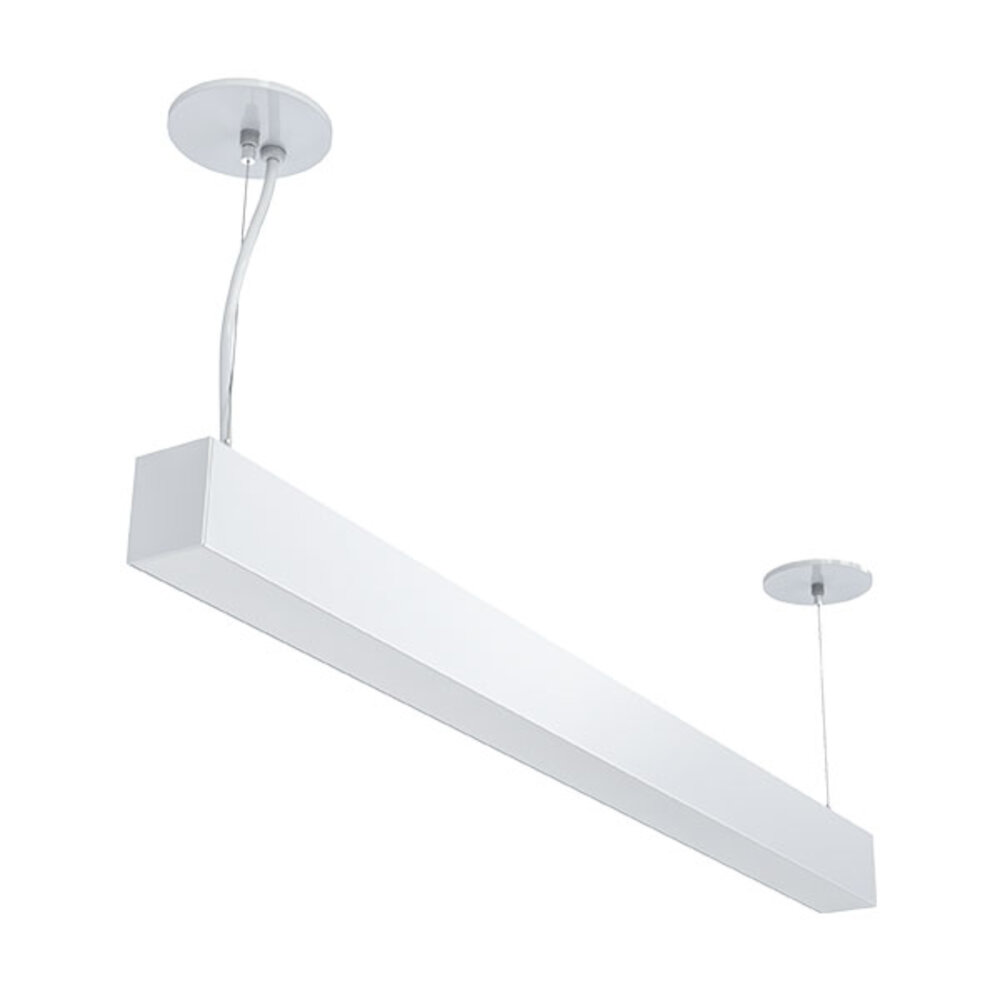
When it comes to creating your own LED strobe light circuit, there are a few key components that you will need to gather before getting started. First and foremost, you will need a power source to drive the circuit. This can be a battery pack or a power supply, depending on your preferences and the specific requirements of your build. You will also need LEDs to serve as the light source for your strobe effect. These can be purchased in a variety of shapes, sizes, and colors, so be sure to choose ones that fit your desired aesthetic and performance needs. In addition to the power source and LEDs, you will also need some basic electronic components to complete your DIY strobe light circuit. Resistors, capacitors, and transistors are all essential parts that will help regulate the flow of electricity and control the timing and intensity of your strobe effect. You may also want to consider using a microcontroller or other programmable device to add more advanced features and customization options to your circuit. With these components and a little bit of technical know-how, you can create a high-quality LED strobe light circuit that is perfect for parties, concerts, or other events where a dynamic lighting effect is desired.
To build the LED strobe light circuit, you will need a few materials and tools. Firstly, you will need a breadboard, jumper wires, resistors, capacitors, a transistor, diodes, LEDs, and a 9V battery. In terms of tools, you will need a soldering iron, wire cutters, pliers, and a multimeter. It is important to ensure that all materials and tools are of good quality to ensure the success of the project. Additionally, it is crucial to follow the steps of the guide carefully to avoid any mishaps. With the right materials and tools, building your own LED strobe light circuit can be a fun and rewarding experience.
The DIY LED Strobe Light Circuit consists of various components, each serving a specific purpose. The power supply unit provides the necessary voltage and current to operate the circuit. The 555 timer IC is the heart of the circuit, which generates the pulse signal required to drive the LED array. The resistor network and capacitor set the frequency and duty cycle of the output waveform. The LED array is the output portion of the circuit, which produces the flashing effect. The potentiometer allows for adjustment of the frequency and duty cycle of the output waveform. Finally, the transistor acts as a switch, controlling the flow of current to the LED array. All these components work together to create a functional and adjustable LED strobe light circuit.
Circuit Diagram
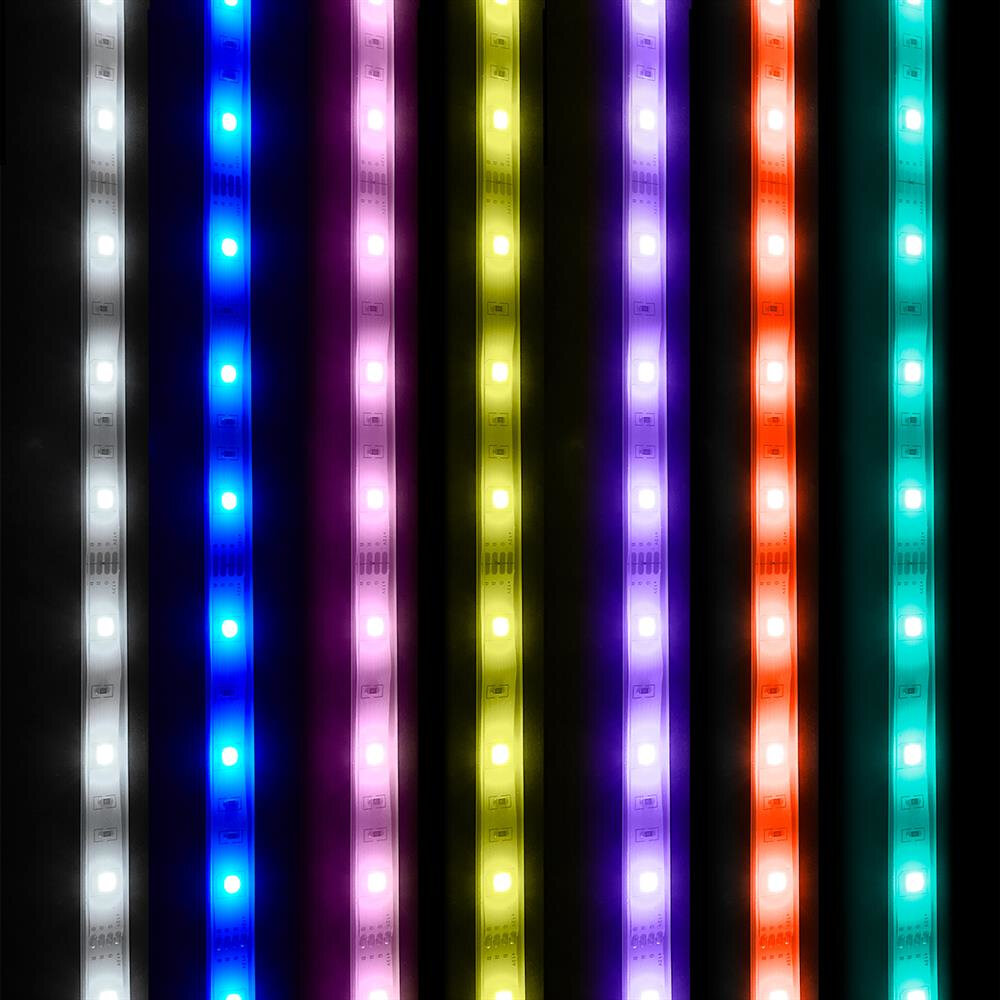
A circuit diagram is a visual representation of an electronic circuit that shows how components are connected together to create a functional unit. In the context of the DIY LED strobe light circuit, the circuit diagram is an essential tool that provides a detailed overview of the various components and their connections. This diagram serves as a guide for enthusiasts to assemble the circuit correctly and helps ensure that the final product functions as intended. The circuit diagram for the DIY LED strobe light circuit is relatively simple and consists of only a few components. These include a 555 timer IC, a few capacitors and resistors, a transistor, and several LEDs. The diagram shows how each component is connected, with lines indicating the path of the current. It also includes labels and values for each component, allowing users to easily identify and locate them. By following the circuit diagram, even beginners can successfully create their own LED strobe light circuit, making it an excellent project for those interested in electronics.
Creating a circuit diagram for an LED strobe light can seem like a daunting task, but with the right steps, it can be done easily. First, gather all the necessary materials such as resistors, capacitors, and LEDs. Next, use a breadboard to test the circuit and make necessary adjustments. Once the circuit is working properly, use a software such as Fritzing to create the schematic diagram. This will require placing the components in the correct location and wiring them together. Finally, use a PCB design software to transfer the circuit from the breadboard to a printed circuit board. By following these step-by-step instructions, you can create a functional LED strobe light circuit that can be used for various applications.
The DIY LED strobe light circuit involves several important steps that are crucial for its successful creation. Firstly, selecting the appropriate resistors and capacitors is essential for regulating the flow of current and voltage in the circuit. Secondly, assembling the circuit on a breadboard allows for easy testing and modification of the circuit design. Thirdly, programming the microcontroller with the appropriate code for controlling the frequency and duration of the light flashes is crucial for achieving the desired strobe effect. Fourthly, soldering the components onto a PCB board ensures a permanent and stable connection between the components. Lastly, testing the final circuit is important to ensure that it is functioning as intended and that there are no errors or faults in the circuit design. Overall, each step plays a critical role in creating a functional and effective DIY LED strobe light circuit.
Building the Circuit
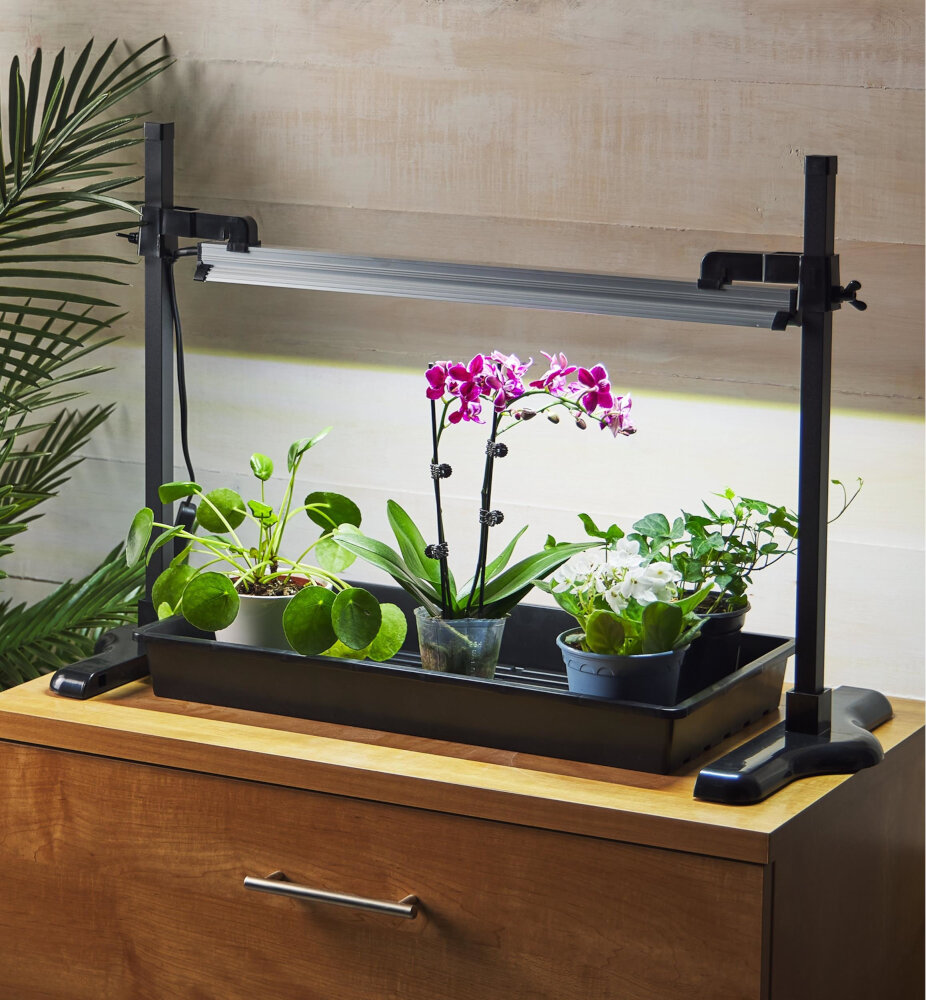
Building the circuit is the heart of creating your own DIY LED strobe light. The first step is to gather all the necessary materials, such as resistors, capacitors, LEDs, and a breadboard. Once you have everything, it’s time to start building the circuit. The first thing you need to do is connect the positive terminal of the battery to the positive rail of the breadboard and the negative terminal to the negative rail. Then, you need to insert the resistors and capacitors, as well as the LEDs, into the breadboard. Make sure to connect them in the right order and orientation, or it won’t work. The next step is to test the circuit to see if it’s working correctly. You can do this by connecting the battery to the circuit and observing the LEDs. If they light up, then it’s working. If not, then you need to troubleshoot the circuit and find out what’s wrong. Once you’ve tested the circuit, you can start customizing it to your liking. You can adjust the frequency and intensity of the strobe light by changing the values of the resistors and capacitors. You can also add more LEDs or change their color to create different effects. Building the circuit requires patience and attention to detail, but the end result is a fun and unique DIY LED strobe light that you can use for parties or events.
To assemble the DIY LED strobe light circuit, you must first gather all the necessary components, including resistors, capacitors, LEDs, a 555 timer IC, and a breadboard. The circuit diagram should then be carefully followed, starting with placing the 555 timer IC on the breadboard and connecting it to the power supply. Next, the resistors and capacitors should be added to the circuit in their respective positions, followed by the LEDs and their corresponding connections. Once all components have been added, the circuit should be tested for functionality using a power source. If the strobe light does not work, the circuit should be checked for any errors or loose connections, and adjustments made as necessary until the strobe light is working correctly.
Success is the result of hard work and dedication, and the same goes for creating your own DIY LED strobe light circuit. It is essential to follow the step-by-step guide and pay attention to details to ensure success. Some tips and tricks that can help include using high-quality materials and tools, taking breaks to avoid burnout, and asking for help when needed. It is also crucial to test the circuit thoroughly before using it to ensure that everything is functioning correctly. With these tips and tricks in mind, anyone can create their own LED strobe light circuit and achieve success.
Testing and Troubleshooting
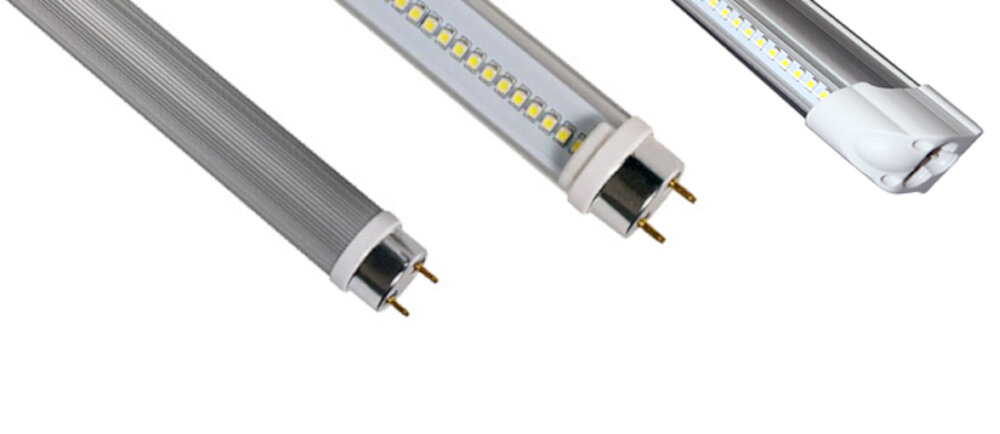
Testing and troubleshooting are critical steps in any DIY project, and building a LED strobe light circuit is no exception. Before you start assembling the components, make sure you have all the necessary tools and equipment, including a multimeter and a soldering iron. It’s also a good idea to have a schematic diagram of the circuit to refer to during the build process. Once you’ve assembled the circuit, you’ll need to test it to ensure that it’s functioning properly. This involves using the multimeter to measure voltage and current at various points in the circuit, as well as checking the output of the LED strobe light. If you encounter any problems, the troubleshooting process involves identifying the source of the issue and making the necessary adjustments or repairs. This may require you to replace faulty components or re-solder connections that have come loose. With patience and careful attention to detail, you can successfully test and troubleshoot your DIY LED strobe light circuit and enjoy the satisfying results of your efforts. Testing and troubleshooting are not only important steps in the initial build process of your LED strobe light circuit but also for its continued functionality. Regular testing and maintenance will help to ensure that the circuit remains in good working order and that any potential issues are addressed promptly. This may involve replacing components that have worn out or become damaged over time, as well as re-soldering connections that have become loose or corroded. Additionally, you may need to troubleshoot any problems that arise during use, such as flickering or dimming of the LED strobe light. By staying vigilant and proactive in your testing and troubleshooting efforts, you can maximize the lifespan and performance of your DIY LED strobe light circuit.
Once you have assembled the DIY LED strobe light circuit, it is essential to test it to ensure that it is working correctly. Firstly, connect a 9V battery to the circuit and switch it on. The LED should start flashing at a constant rate. Next, adjust the potentiometer to change the frequency of the flashing LED. If the LED does not flash or flashes irregularly, check the connections and make sure that all the components are correctly placed on the breadboard. Additionally, use a multimeter to measure the voltage across the LED; it should read between 2 and 3 volts. Once the circuit is functioning correctly, you can use it to add an exciting strobe effect to your next party or event.
One common problem that may arise when creating a DIY LED strobe light circuit is that the LED lights may not turn on. This could be due to a faulty connection or a burnt-out LED. To troubleshoot this issue, first check all connections and ensure they are properly soldered. If the connections appear to be correct, check each LED individually to see if any are not working. If a LED is found to be burnt out, it will need to be replaced. Another issue that may occur is that the strobe rate may be too slow or too fast. To adjust the strobe rate, adjust the timing capacitor or resistor values accordingly.
Creating a DIY LED strobe light circuit involves several steps that require patience and accuracy. First, gather all the necessary components, including a 555 timer, a capacitor, resistors, LEDs, and a breadboard. Then, connect the components onto the breadboard according to the circuit diagram. Use wire cutters to trim the excess wire to avoid any short circuits. Next, test the circuit using a power source and a multimeter to ensure it works correctly. Adjust the resistor values to control the frequency and brightness of the LED strobe light. Finally, house the circuit in a suitable enclosure and connect it to a power source to enjoy your DIY LED strobe light.
In conclusion, building your own LED strobe light circuit can be a fun and rewarding experience. It allows you to customize the light output and create a unique lighting effect that can be used for various applications. However, it is important to have a basic understanding of electronics, and to take safety precautions when working with electrical components. Additionally, it is recommended to use high-quality components and to follow a tested and proven circuit design. With patience and attention to detail, you can create an impressive LED strobe light circuit that will provide years of use and enjoyment. So, go ahead and give it a try, and see what kind of creative lighting effects you can come up with!
Conclusion
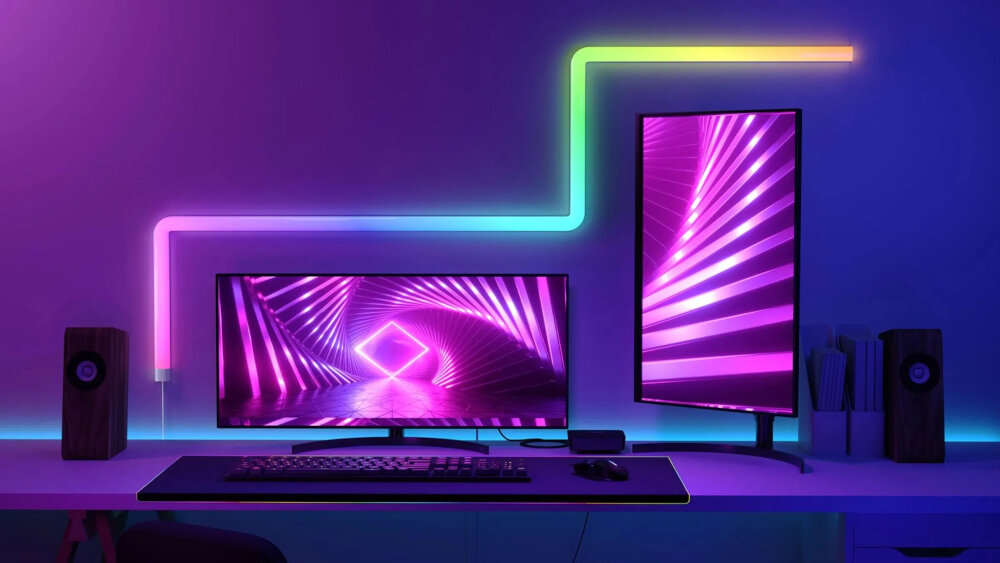
In conclusion, creating your own DIY LED strobe light circuit can be a fun and rewarding project for anyone interested in electronics and lighting. By following the step-by-step guide provided, you can learn about the various components involved and gain a deeper understanding of how circuits work. Not only will you end up with a functional and customizable lighting device, but you will also have the satisfaction of having built it yourself. So, whether you’re looking to add some cool lighting effects to your next party or simply want to expand your DIY skills, creating a LED strobe light circuit is definitely worth a try.


